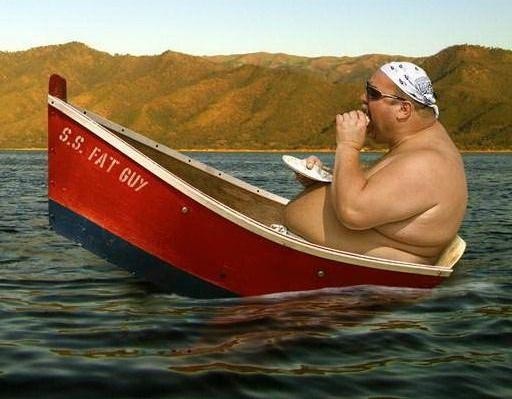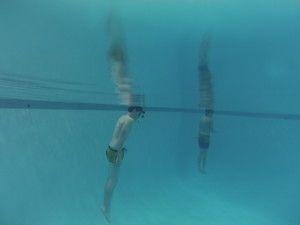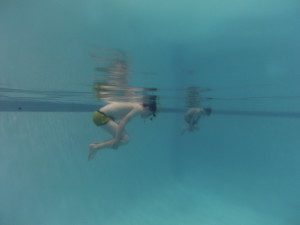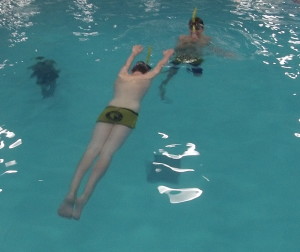In part I of “Know your H2O Gravity” we stressed that every individual body is unique and reacts differently to the gravity properties of water, and that why this is true is not as important as how we use this knowledge.
What we are working on with the senior group over at Bernal’s Gator SC are very simple buoyancy drills. The goal for the athletes is to learn to move and stabilize their bodies in different positions. The key to success here, however, is to do this WITHOUT using your hands and feet to reach each position.
Mastering your own personal water gravity and being able to use this knowledge to your advantage while training and racing depends on your ability to make slight adjustments with your core. For this topic we will define the core as the area from the top of your head to your hips. Since your hands and feet will/should be actively occupied while swimming with pulling and kicking, they are not useful for body position adjustments while racing. This is why we don’t allow the swimmers to use them in buoyancy drills.
Here are the positions we have been using and, as you will notice, we use a snorkel so they don’t have to worry about getting air and can focus solely on the movements.
Stabilizing the body in an upright position.
(Matt here is not quite there, as we would like to see him completely upright)
Stabilizing the body w/back of neck and hips on surface.
(Again, not quite there but he is working on which movements allow his hips to rise to the surface. Yes they do use their arms and legs to move, but not their hands or feet)
Stabilizing the body w/back of neck, hips and heels on surface.
(Matt’s heels are just below the surface in this picture)
These are just random pictures taken as we were working on buoyancy last night. What we emphasize with the kids is to NOT use their hands or feet to move your body into the proper positions, but just their core.
The steps would be:
1) Position your body into the Pencil using just your core. Make sure that you are upright and your arms are pinned to your side and not used to maneuver yourself. Always explore your buoyancy by moving out of position and back into position using just your core.
2) Once stabilized in the Pencil, defined by being able to stay there for 30″ to 45″, proceed by moving from Pencil to the Egg. Make sure that your movements are as smooth and slow as possible. We do not want to have any jerking movements. Again do not use hands and feet to move, but use core and the slow movements of your arms and legs.
3) Once stabilized in Egg, with the ability to stay there for 30″ to 45″, start moving slowly to the Prone position.
There can be many variations of these simple drills. We always ask the swimmers to experiment in each position by moving themselves out of position and then discovering what gets them back into the proper position. The more they learn how to “right” their bodies the better. The whole process is one of adjustments and corrections. Learning how each of their bodies react in the water.
The advanced versions we use are altering the Prone position into a Prone “Y” and Prone “X”, where their arms and legs make the corresponding letter on the water in that horizontal Prone position.
As always, make it fun!




Glad the site is up and running. Joe is lucky to have you helping. All the best.